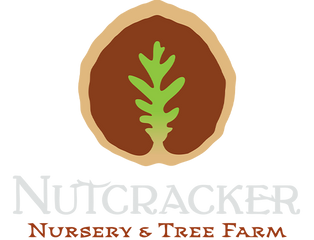Maple-leaf viburnum - viburnum acerifolium
Shipping calculated at checkout
45 in stock
Need more? Contact us
Available only in spring 2026
🍂 Maple-leaf Viburnum
🔸 Full name
- Common name: Maple-leaved Viburnum, Mapleleaf viburnum (in English)
- Botanical name: Viburnum acerifolium
- Family: Adoxaceae (formerly Caprifoliaceae)
- Type: Deciduous shrub
🌳 General description
- Origin: Eastern North America (open forests and undergrowth)
- Habit: Bushy, rounded, with thin, flexible branches
- Mature height: 1.5 to 2 m
- Width: 1.5 to 2.5 m
- Growth: Medium to slow
- Special features: Hardy shrub, shade tolerant, with three-lobed foliage reminiscent of maple 🍁
🌱 Foliage
- Type: Deciduous
- Leaves: Opposite, three-lobed (3 main lobes like a small maple)
- Size: 6 to 10 cm
- Color: Medium to dark green in summer
- Fall: Beautiful red, purple, sometimes violet coloring 🌈
- Texture: Slightly velvety on the underside
- Special feature: Very decorative foliage that is soft to the touch
🌸 Flowering
- Period: May to June
- Flowers: Small, white, grouped in flat umbels 5 to 8 cm in diameter
- Fragrance: Light, discreet
- Advantage: Very melliferous — attracts bees, butterflies, and pollinating beetles 🐝🦋
🍒 Fruit (berries)
- Type: Ovoid drupes
- Color: Initially red, turning bluish-black when ripe (August to October)
- Special feature: Very decorative and provide food for birds in autumn 🐦
🌿 Cultivation and care
- Exposure: Partial shade to light shade (tolerates some sun if soil is cool)
- Soil: Rich in humus, cool to slightly dry, acidic to neutral
- Limestone tolerance: Average (avoid excess active limestone)
- Watering: Regular for the first two years, then tolerates moderate drought
- Pruning:
- Not much needed—just light pruning after flowering to balance
- Remove dead wood in winter
- Fertilization: Compost or leaf mold each spring
🧊 Hardiness
- USDA hardiness zone: 3 to 8
- Minimum temperature: Down to -35°C ❄️
👉 Extremely hardy, tolerates cold climates and harsh winters very well.
🌿 Resistance and health
- Disease resistance: Excellent
- Pests: Not very susceptible (rarely aphids or minor leaf spots)
- Pollution tolerance: Average
- Drought tolerance: Average — prefers slightly moist soil
💡 Advantages
✅ Very hardy (-35°C!)
✅ Unique, beautiful three-lobed foliage in fall
✅ White, honey-producing spring flowers
✅ Decorative fruits that are useful to wildlife
✅ Tolerates shade and forest soils well
⚠️ Points to watch out for
⚠️ Slow growth in the first few years
⚠️ Prefers humus-rich soil—avoid poor, chalky soil
⚠️ Less dense foliage in dry, full sun
🌳 Landscaping uses
- In undergrowth or shaded edges
- In deciduous shrub beds
- In natural country hedges
- In combination with:
- Lindera benzoin
- Clethra alnifolia
- Cornus sericea
- Itea virginica
- Hydrangea arborescens
- Amelanchier canadensis


